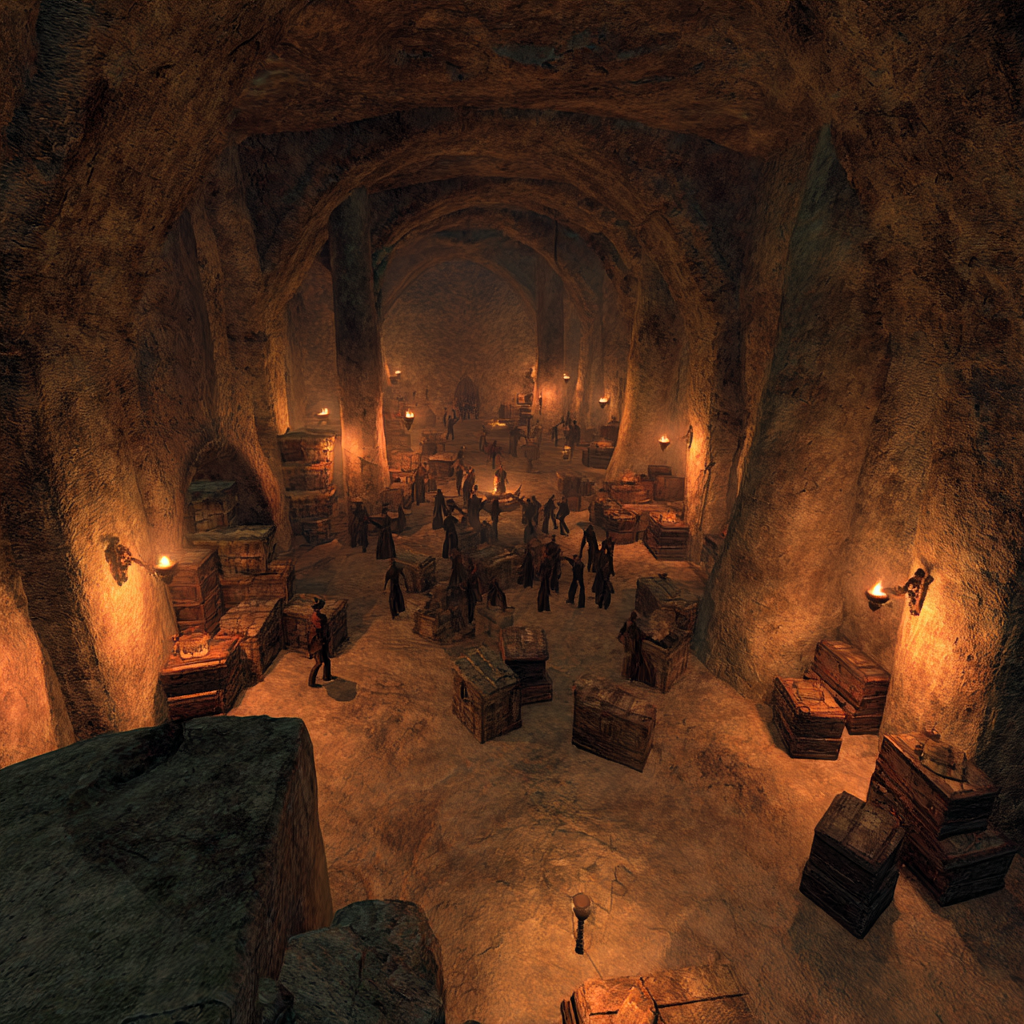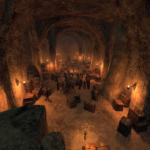When examining Morrowind and Oblivion, two pillars of The Elder Scrolls series, we uncover distinct philosophies that shaped their respective gaming experiences. Morrowind, a product of its time, leaned heavily into an uncompromising vision, offering a genuinely alien virtual experience on the volcanic island of Vvardenfell. Its obscure quest markers, reliance on written directions, and a combat system heavily influenced by dice rolls (where even high-level characters could seemingly miss easy attacks due to underlying luck mechanics) presented significant skill-based challenges and a high initial risk of player frustration. However, for those who embraced its unique design, the rewards were profound: a deep sense of accomplishment for mastering its intricate systems and uncovering its richly woven lore independently. This unguided approach fostered a powerful thrill of the game rooted in genuine discovery.
Oblivion, in contrast, aimed for broader accessibility, opening its radiant gates to a more conventional high-fantasy setting in Cyrodiil. It streamlined many of the mechanics that made Morrowind obtuse, introducing clear quest markers, a more intuitive action-oriented combat system, and a voiced dialogue system. This shift made the play experience smoother and more immediately engaging for a wider audience. The radiant AI system created a more dynamic world where NPCs had daily routines, enhancing the interactive gaming and the overall sense of a living world, albeit sometimes leading to comical situations. While some purists argue that Oblivion sacrificed some of Morrowind’s unique depth for accessibility, it undeniably lowered the barrier to entry, allowing more players to enjoy its vast content. Its streamlined progressive play and consistent rewards in the form of tangible progression made it highly approachable. Both games offered immense entertainment and hundreds of hours of play, but they approached the virtual experience from fundamentally different angles, showcasing the evolving design philosophies within online games (even if single-player focused) and the broader video gaming industry.








Leave a Reply